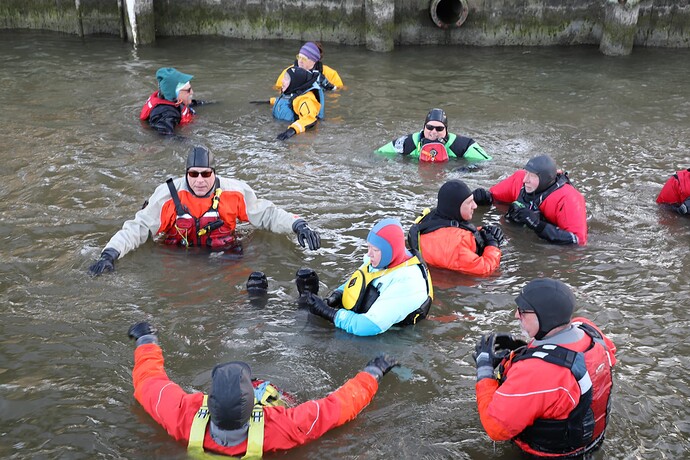Apologies @willowleaf - I’m not trying to argue. I didn’t dismiss drysuits. I’ve always acknowledged their value for survival in the water. I simply said that in 10-20 years we’ll have something better. Suits that fit better, keep you dry, are lighter weight, and more comfortable. Technology marches forward.
And while there are lots of paddlers who wear drysuits and like them, there is no shortage of paddlers who hate them. Here’s a direct quote from an experienced paddler (in another forum):
The last time I wore my drysuit was on a central coast trip. I hated almost every minute I spent in it. Honestly, every morning I would look at the ^$#% thing with loathing. It was a soggy, salt-stained monster-hide that I had to put on like some skin-changer. The inside was a record of my body’s sweat, oil, and mortal corruption. And it’s a dumb colour, so I looked stupid too.
It’s in the closet now. It irritates me just by lying there quietly. I want to take it out and strangle it. I want to take up smoking just so I can burn holes in it. I want to write a semi-autobiographical novel and make the drysuit the villain — but not a cool villain like Darth Vader. No, it would be a loser villain, like Dr. Evil.
But yeah, I’d probably wear it on a solo central coast trip. I’d spend every day calling it unprintable names. In the evenings, it would hang there in the light of the fire, refusing to get dry, and looking all salty and disgusting. God, I would hate it even more than I do now. In the morning, after I’d put it on, it would give me a little leak in one foot, just to show that it hated me too.
I’ve read many posts from paddlers who said their drysuits are incredibly hot, noisy, uncomfortable, and more. None of this means they don’t work…just that they are an imperfect solution. (And so are wetsuits.) I hope R&D continues to try to come up with something better. ![]()
